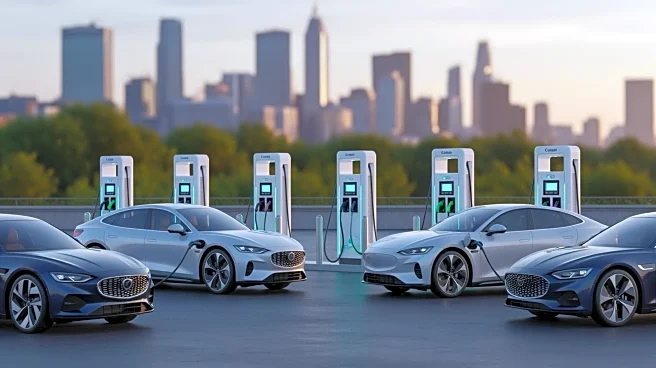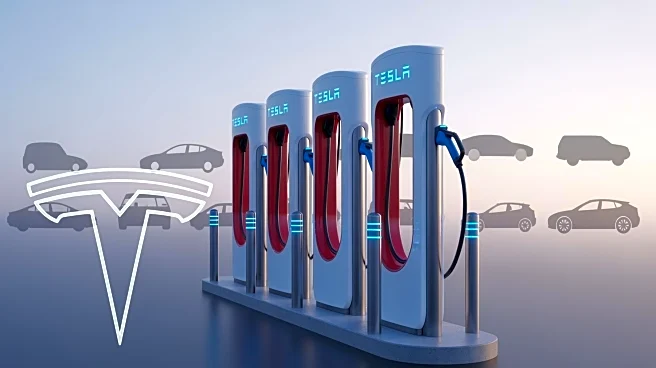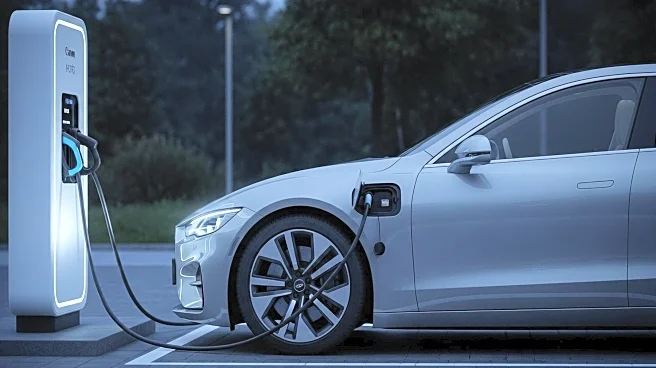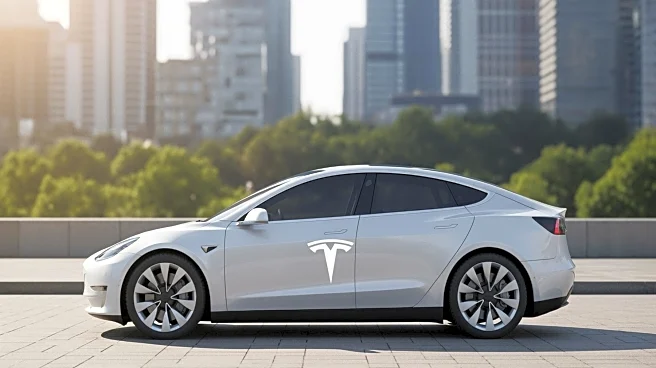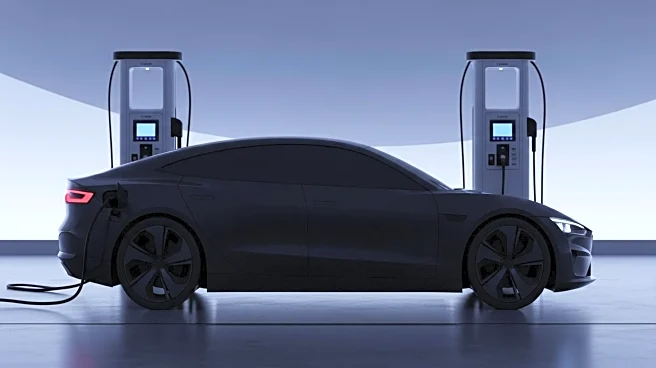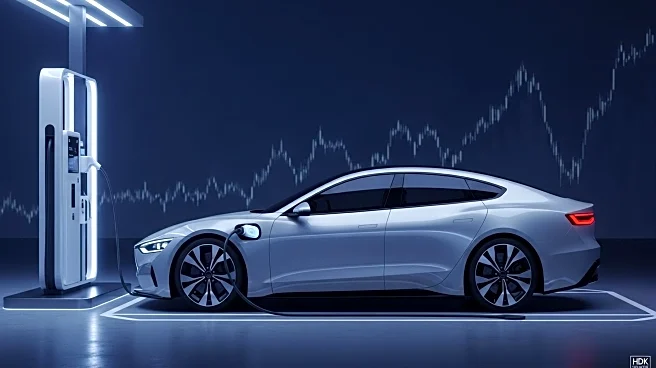What's Happening?
Several automakers, including Tesla, Audi, and Volvo, have recently adjusted the prices of their electric vehicles in the U.S. market. Tesla has notably reduced the prices of its Model 3 and Model Y, with
the Model 3 dropping from $42,490 to $36,990 and the Model Y from $44,990 to $39,990. These reductions come with several downgrades and removed features. Audi's Q4 e-tron and Q4 e-tron Sportback saw slight price increases, while Volvo's EX30 experienced a significant price cut from $46,195 to $40,245, and the EX40 saw a moderate price increase. Cadillac's OPTIQ prices also fluctuated due to model year changes, with the 2025 model starting at $52,895 and the 2026 model at $50,900.
Why It's Important?
These price adjustments reflect the dynamic nature of the electric vehicle market, influenced by factors such as the expiration of EV tax credits and competitive pressures. Tesla's price cuts may be aimed at maintaining its market share amidst growing competition from other automakers. The changes in pricing strategies by Audi, Volvo, and Cadillac indicate efforts to balance profitability with consumer demand. As electric vehicles become more mainstream, pricing strategies will play a crucial role in shaping consumer choices and the overall market landscape.
What's Next?
Automakers are likely to continue adjusting their pricing strategies in response to market conditions, regulatory changes, and technological advancements. The expiration of EV tax credits may prompt further price adjustments as manufacturers seek to attract cost-sensitive consumers. Additionally, the competitive landscape will drive innovation and potentially lead to more affordable electric vehicle options. Stakeholders, including consumers and industry analysts, will closely monitor these developments to assess their impact on the adoption of electric vehicles.
